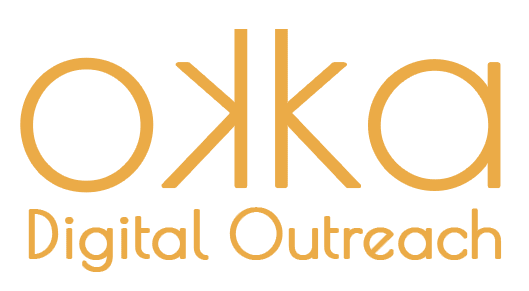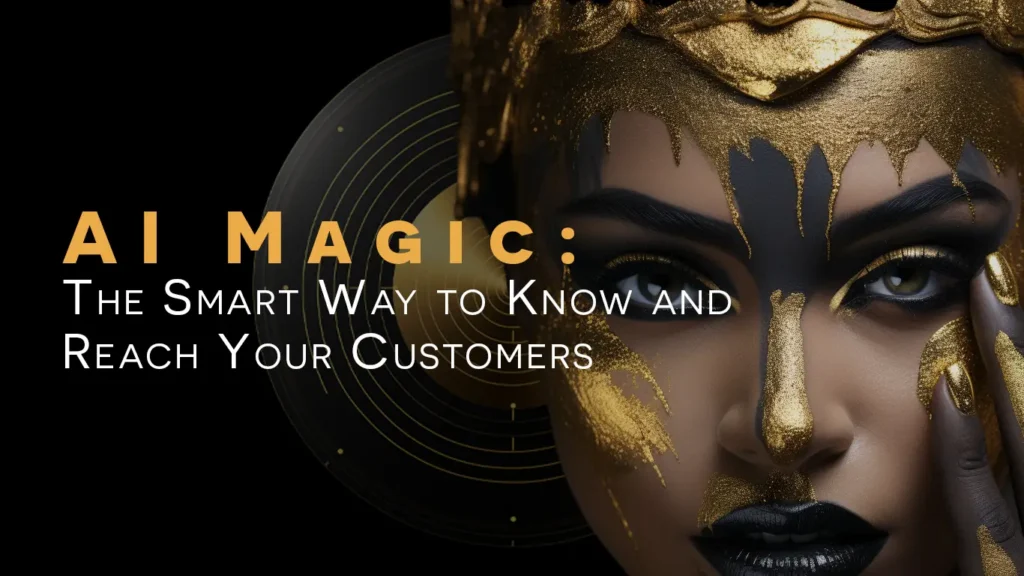In the dynamic landscape of digital marketing, the key to creating impactful campaigns lies in a deep understanding of the target audience. Among the most crucial aspects to consider are the professional interests and networking habits of your audience. These insights are not just data points; they represent the gateway to aligning marketing strategies with the aspirations and goals of your audience, ensuring a resonant and effective connection.
Understanding Professional Interests
Professional interests provide a window into what motivates and drives your target audience in their careers. By analyzing these interests, marketers can tailor content and campaigns that not only capture attention but also speak directly to the professional needs and desires of their audience. This could range from industry-specific news and trends to professional development opportunities and innovative product solutions.
The Role of Networking Habits
Networking habits reveal how and where your audience connects with others in their industry. Understanding these patterns is essential for determining the right channels and contexts for engaging with your audience. Are they active on LinkedIn, or do they prefer face-to-face networking events? Do they engage with professional groups on social media, or are industry forums their go-to for discussions? Answering these questions helps in crafting marketing messages that meet the audience where they are most receptive.
Synchronizing with Audience Goals
The ultimate aim of delving into professional interests and networking habits is to ensure that marketing efforts are in sync with the goals of the audience. This alignment means creating campaigns that are not just seen but felt, resonating on a deeper level that fosters trust and loyalty. It’s about speaking the language of your audience and presenting solutions that feel tailor-made for their needs.
Strategies for Effective Alignment
- Segmentation and Personalization: Use data analytics to segment your audience based on their professional interests and tailor messages accordingly.
- Engaging Content: Develop content that addresses the specific professional challenges and goals of your audience, such as how-to guides, industry analysis, and thought leadership articles.
- Leveraging the Right Platforms: Choose the platforms where your audience networks and engage them with relevant and interactive content.
- Feedback Loop: Establish a system to gather feedback from your audience, ensuring that your strategies remain aligned with their evolving interests and needs.
Conclusion
In a world where digital noise is ever-increasing, the ability to connect meaningfully with your audience is what sets successful marketing apart. By focusing on professional interests and networking habits, marketers can create strategies that not only reach but also resonate with their target audiences, paving the way for enduring relationships and sustained business growth.

